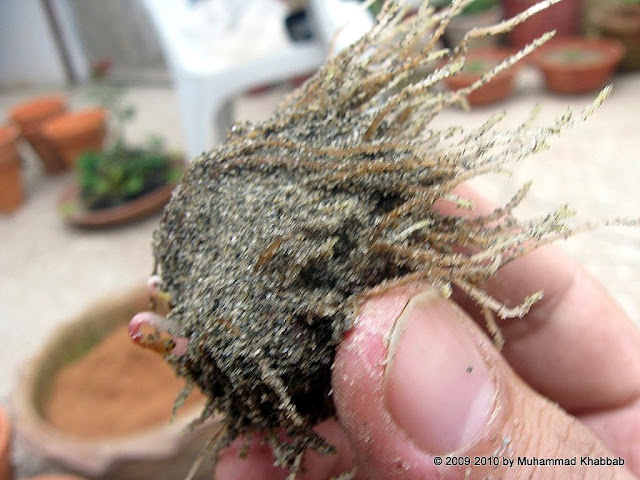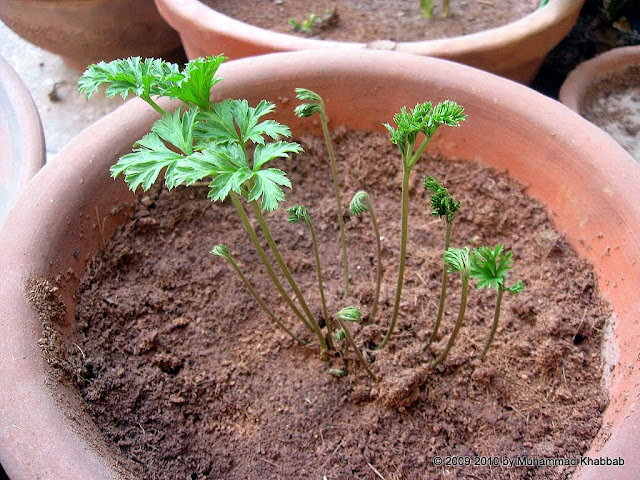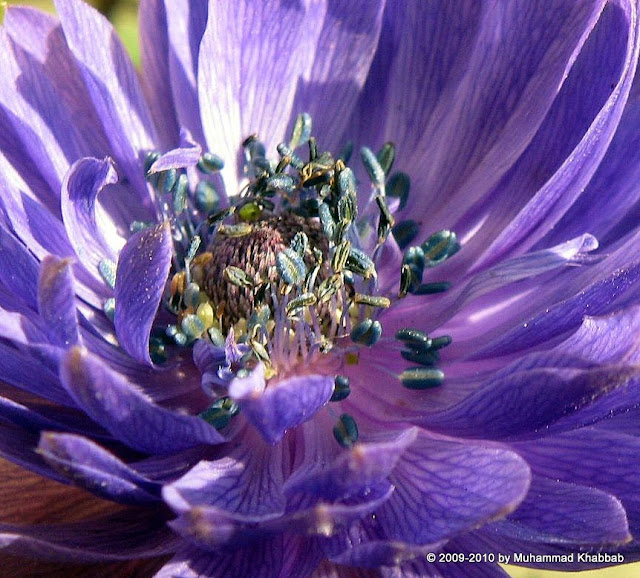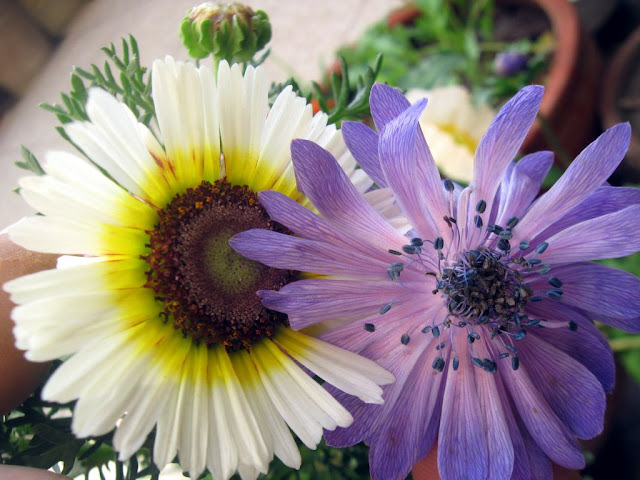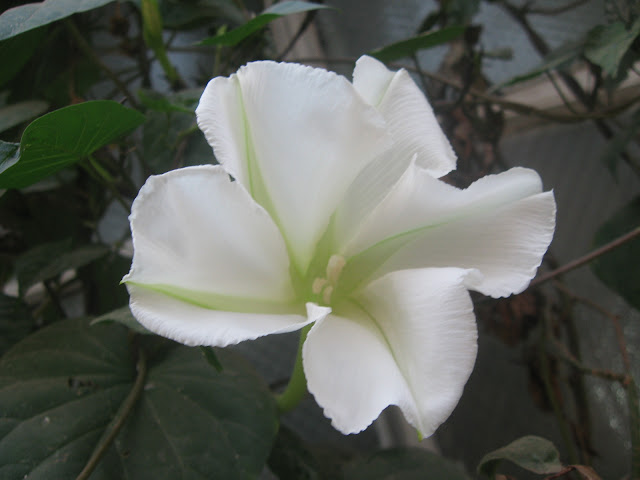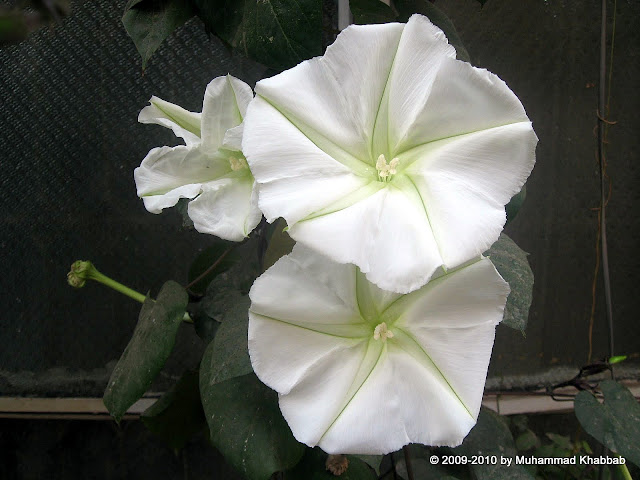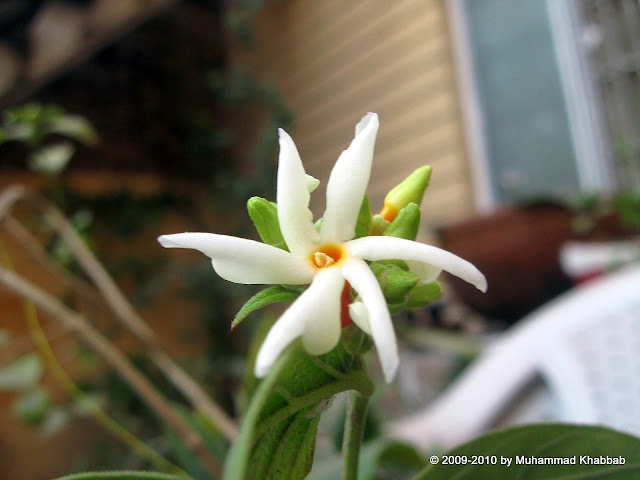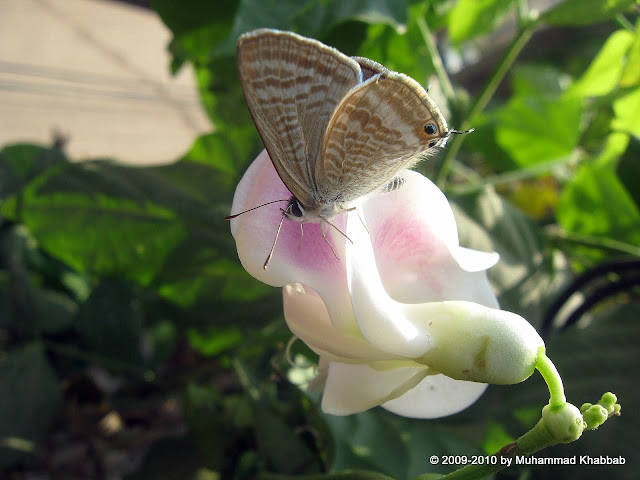Here in lahore, Pakistan the price of each corm Rs 20 this year. Plants grown from seed germinate late but come to flowering early and have larger flowers. Price of each seedling is Rs 25 in single plastic cell.
1- Buy biggest corm. Soaking will help but not mandatory. I did not soak and result was fine. This was the corm
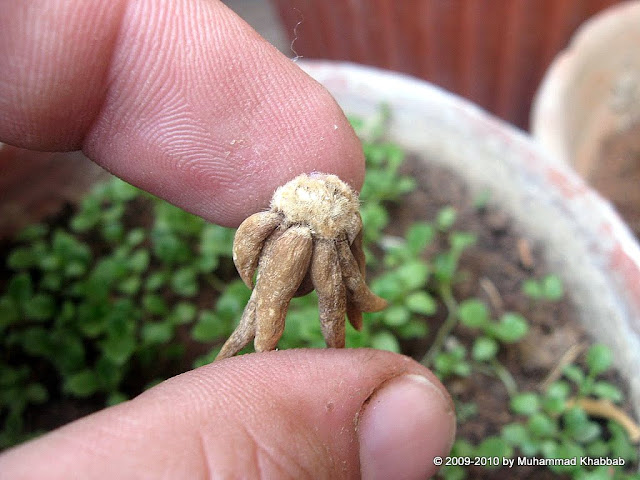
2- Plant it 2 inches deep in a well drained soil which could retain moisture. The corm moisture to sprout roots. Remember plant claws down or in other words plant as shown in the above picture.
This is the situation after one month. I planted 3 corms this pot and so far they are doing fine.
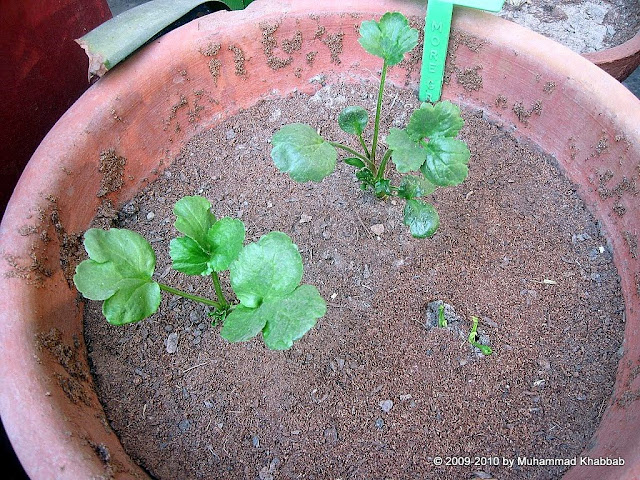
We plant corms in November and it flowers in January/February and flowers go till March. Remember to save this plant from heavy rains as last year one of my big plant having lots of buds (grown from seed) was ruined by heavy showers in March.
3- After flowers have finished blooming, let the leaves gather the energy and store in corm. when leaves also start to fade, cut the foliage and dry them in shade. Save for next year. Although this was not successful when i tried it. I think it is better to keep it in ground and hope it will multiply itself. I was told that fresh corms better results.
Plants from seeds take around three years to form usable corms. They also end their first bud after third or fourth leaf stage. Remember to remove first bud of the plant so that plant could establish strong root system and forthcoming flowers will be larger. Give this plant semi shade. In our mild winters, we try to avoid it from mid day sun specially if planted in a pot.
They are suitable to our zone 10b just like narcissus paperwhite and anemone so do plant them and you will have fun when you will see really large and beautiful blooms.
Update after 2.5 months: Here are the flowers.
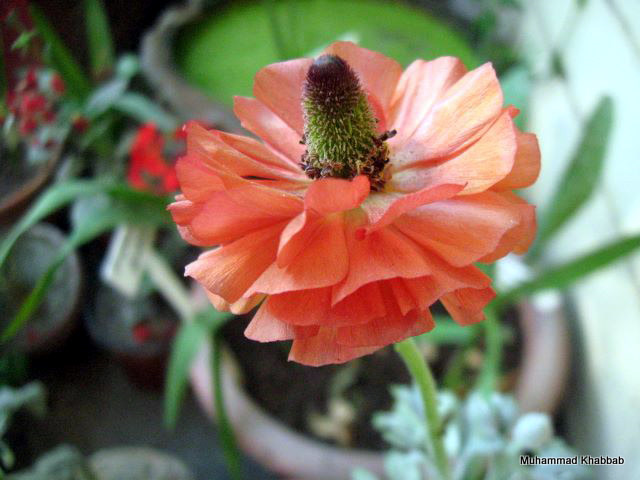 |
Next Bulb: Forcing Hyacinth bulbs in water


